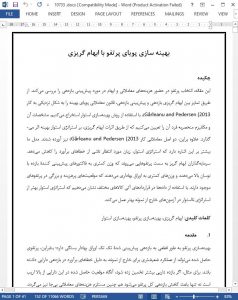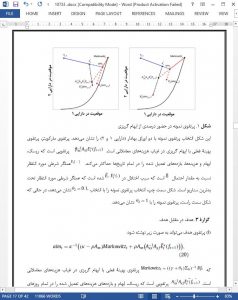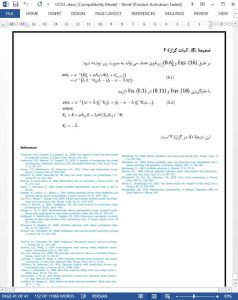Abstract
This paper investigates portfolio selection in the presence of transaction costs and ambiguity about return predictability. By distinguishing between ambiguity aversion to returns and to return predictors, we derive the optimal dynamic trading rule in closed form within the framework of Gârleanu and Pedersen (2013), using the robust optimization method. We characterize its properties and the unique mechanism through which ambiguity aversion impacts the optimal robust strategy. In addition to the two trading principles documented in Gârleanu and Pedersen (2013), our model further implies that the robust strategy aims to reduce the expected loss arising from estimation errors. Ambiguity-averse investors trade toward an aim portfolio that gives less weight to highly volatile return-predicting factors, and loads less on the securities that have large and costly positions in the existing portfolio. Using data on various commodity futures, we show that the robust strategy outperforms the corresponding non-robust strategy in out-of-sample tests.
1. Introduction
Portfolio optimization depends crucially on the predicted returns of individual securities; thus, the resulting portfolio may deliver poor out-of-sample performance due to estimation errors in asset returns. For example, if an asset return is overestimated, then the resulting upward-biased position in this asset not only lowers the overall portfolio return but also entails unwarranted transaction costs. Importantly, subsequent adjustments to this biased position may lead to significant turnover and induce further transaction costs. The effect of estimation errors is particularly pronounced for highly frequently-rebalanced dynamic trading strategies, such as momentum and contrarian strategies.
Estimation errors in returns arise because the model used to predict returns might be misspecified, and model parameters have to be estimated based on limited available information. In other words, modelling data-generating processes for returns and their predictors must allow for model and parameter ambiguity or uncertainty, as the complete distributions of returns and return-predicting variables are unknown to investors due to imperfect information (Epstein and Wang, 1994; Hansen and Sargent, 2001). Given the significant impact of estimation errors on portfolio weights and portfolio performance, there is evidence that investors are averse rather than neutral to ambiguity in estimated asset returns (Hansen and Sargent, 2001; Garlappi et al., 2007; Jeong et al., 2015).1 It is important for active investors to factor ambiguity aversion into the portfolio optimization procedure.
.5. Conclusion
Previous work in the finance literature documents that security returns are predictable; however, the predicted returns are just an approximation of reality, due to the presence of model and parameter uncertainties. Estimation errors in security returns could lead to poor portfolio performance, particularly when transaction costs are high. This paper investigates the optimal portfolio choice in the presence of transaction costs and ambiguity aversion. Adopting GX’s robust optimization method, we extend GP’s model by incorporating ambiguity aversion into the model framework. Unlike GX’s model, we allow investors to have different degrees of ambiguity aversion to returns and to return predictors. We not only derive the optimal robust dynamic trading strategy in closed form, but also characterize its properties and clarify the unique mechanism through which the robust strategy improves out-of-sample performance over the non-robust strategy.











